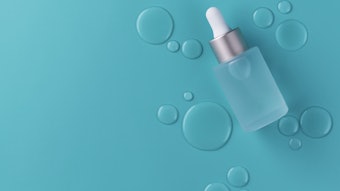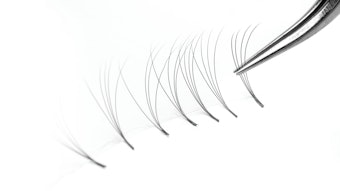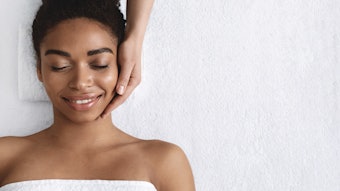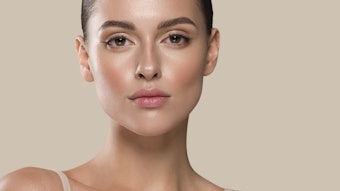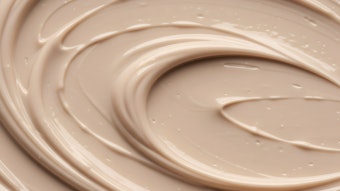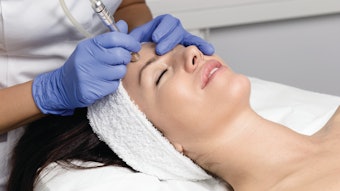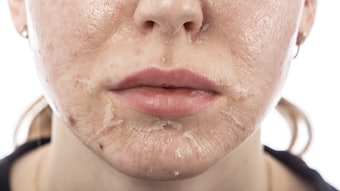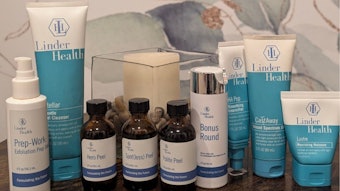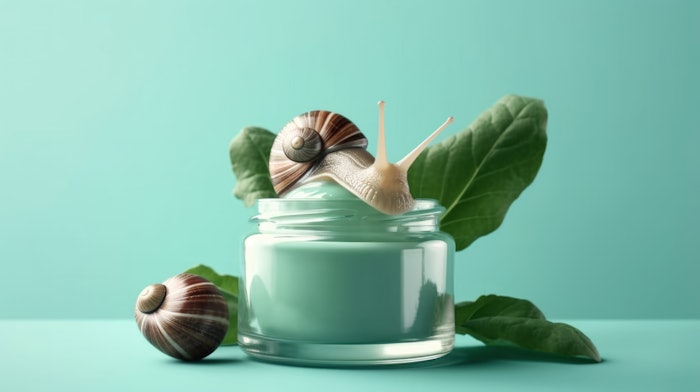
Snail mucin has been a trending skin care ingredient in the past few years, but snail facials are also now trending with the term being a major online search with consumers according to a recent report by Spate.
Moving beyond just at-home products, snails have slid into the treatment room, with "Snail facial" having an average of 1K monthly searches and a +349.1% growth in searches compared to 2023. More specifically snail mucin continues to trend on US Google search, with +124.0% YoY growth and 131.6K average monthly searches.
So, what does this mean for spas you may wonder? No need to run to the pet store. Snail's benefits for skin are easy to understand, as is how you can add it to your offering.
Snail Mucin Details
Snail mucin is a fancy way of saying snail mucus, which is secreted from the snail or slug when it crawls. More specifically, this mucus can also be known as mucopolysaccharide, the chain of sugar molecules found in the body.
Due to its hyaluronic acid content, snail mucin is often known for its ability to hydrate the skin. It also has glycoproteins and glycolic acid to improve the production of collagen and skin texture.
Snail Facials
The origin of the snail facial can be traced to Japan, where the facial literally involved placing snails all over the face to reduce inflammation and moisturize the skin. These snails were pampered themselves with a special diet, and certain snails were chosen to be used in these facials.
But don't worry, you can incorporate the benefits of snail mucin into your facials without the slimy creatures. There are plenty of products on the market now that contain snail mucin. Some include Esthemax, The A Method and more.
